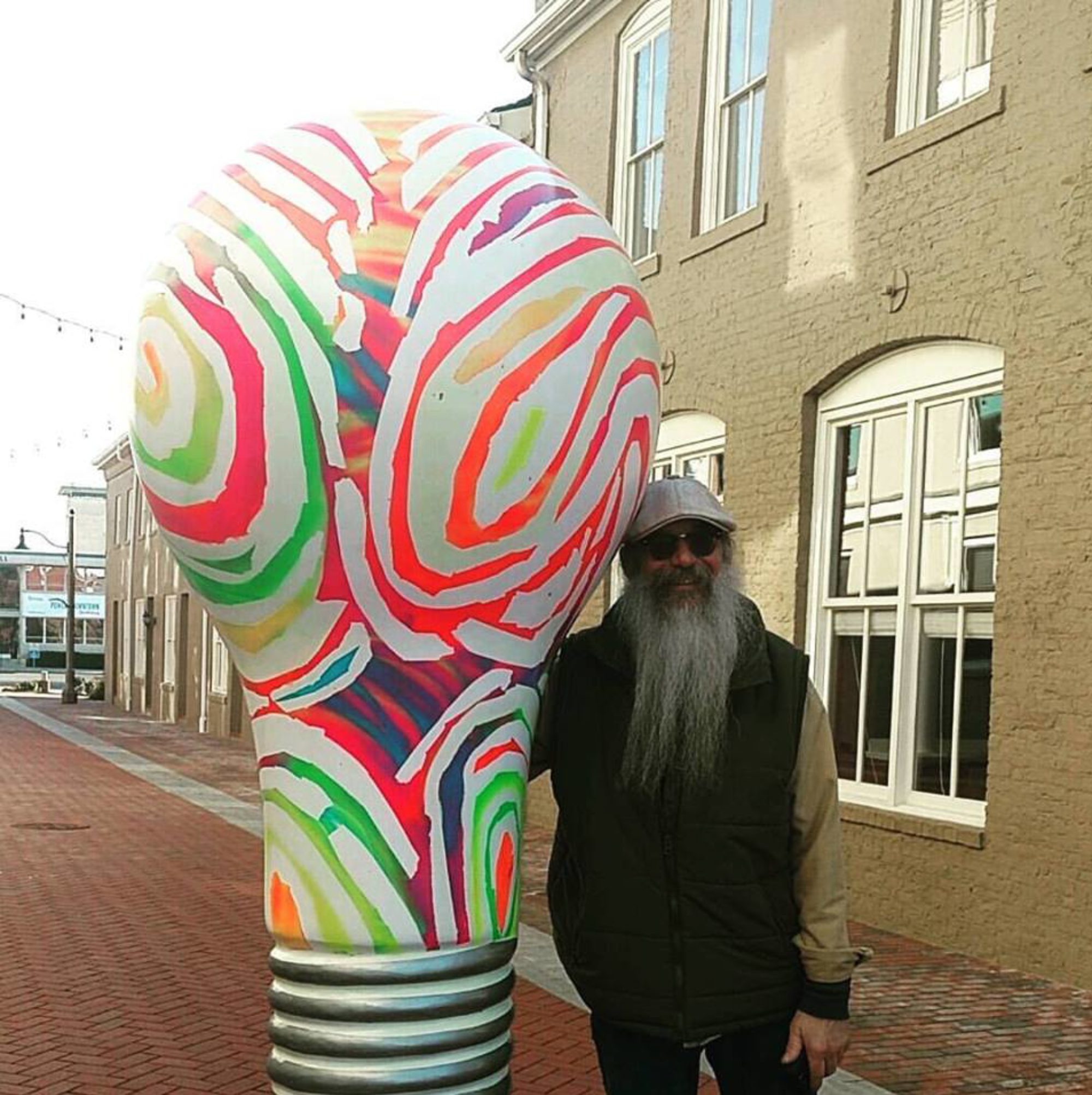
Pearson’s Falls sits in the middle of a 268 acre wildlife and bird sanctuary in the foothills of western North Carolina. Technically, I guess it doesn’t sit. It flows, runs, falls, whatever it is that waterfalls do, it does.
The waterfall is named for Charles William Pearson, who was an engineer for what became Southern Railway. Pearson was scouting the mountain for the railroad when he discovered the 90 foot waterfall. He decided to purchase the land for himself to use as a summer retreat for family and friends. The land was sold to the Tryon Garden Club in 1931, and they have maintained the area ever since.
The falls and the surrounding forest are designated as a North Carolina National Heritage Site. Its water source is Colt Creek and it is classified as a deciduous climax forest. I have no clue what that means.
Located off of Highway 176 between Tryon and Saluda in Polk county, the falls are easy to get to and make a great destination for a day trip. Approximately four miles after you pass through Tryon, you will see the sign for the falls on the left. It is then a short ¼ mile walk to the bottom of the falls. The trail is developed with steps and fences and very well maintained. There are several benches along the way if you need to stop and rest, or just sit and take in the view. It is perfect for families with young children, or old and out of shape people like me!
The parking area boasts picnic tables, public restrooms, and an information kiosk. It is open every day except Thanksgiving and Christmas. There is a small $5 per person entrance fee, but it is well worth it and the money goes to help maintain the park.
According to their website, over 20,000 people visit Pearson’s Falls each year. You should be one of them. Pack a lunch and be sure to take a camera. If you are on Instagram, please tag your photos with #thebeardneversleeps or @thebeardneversleeps. I would love to see them!

Temperate deciduous forests and temperate grasslands are almost one and the same. … At this point, more shade-tolerant herbs and shrubs are able to grow, and they create a thick understory in this young forest. When the majority of the trees in the forest have reached a mature age, we call it a climax community.
http://www.untamedscience.com
Well thank you!